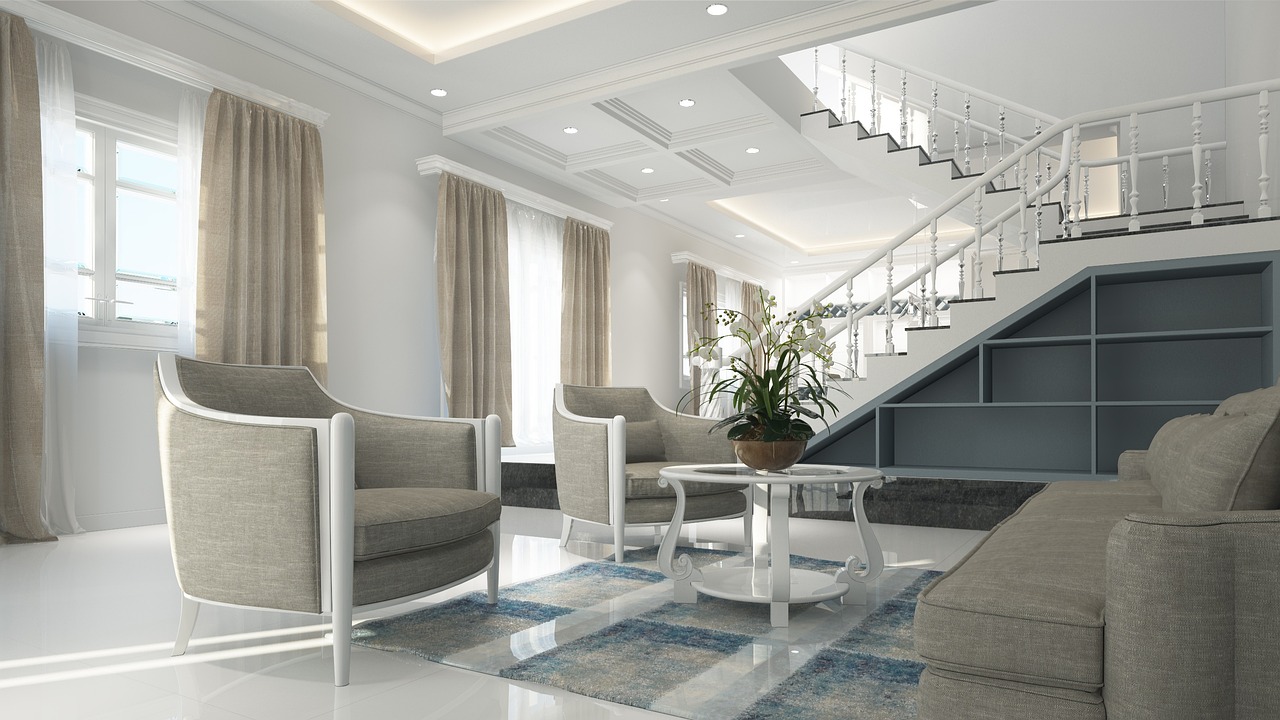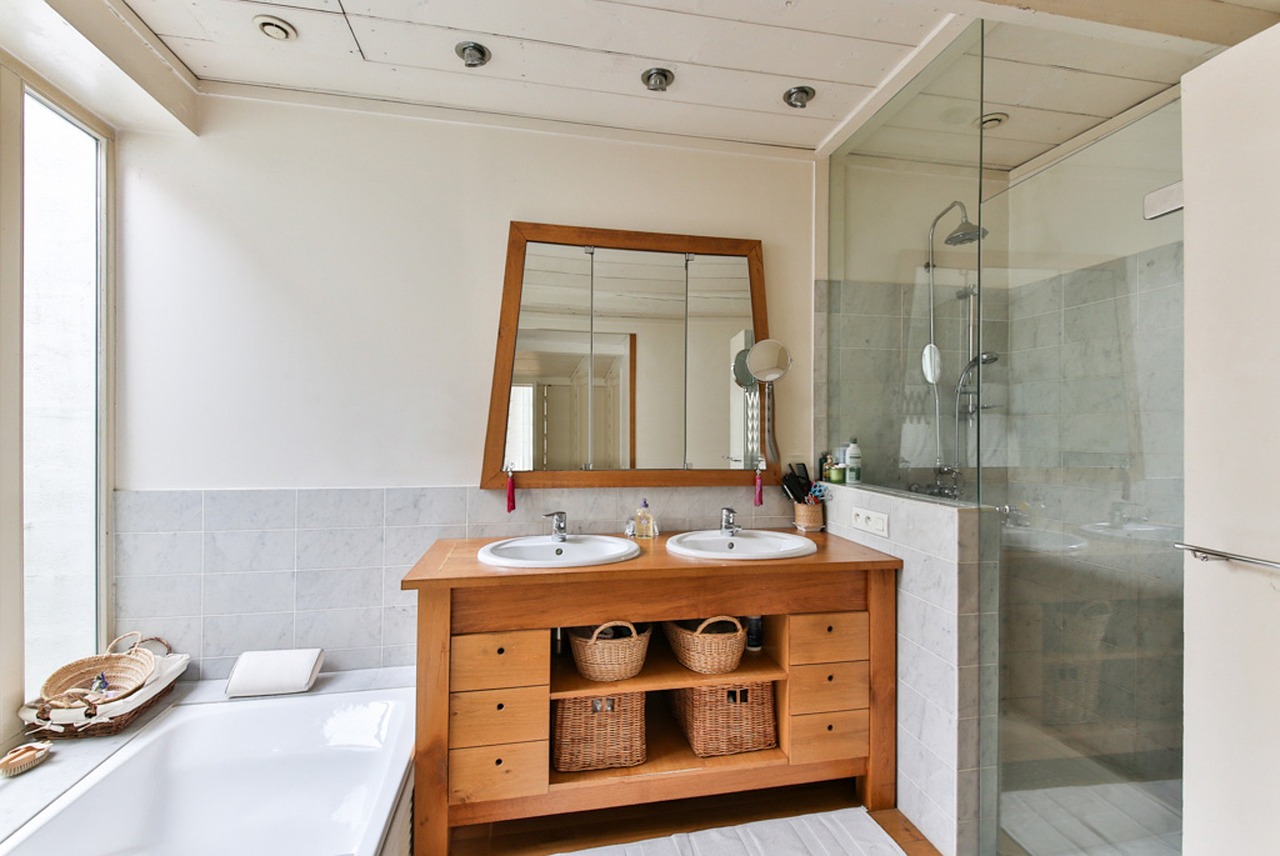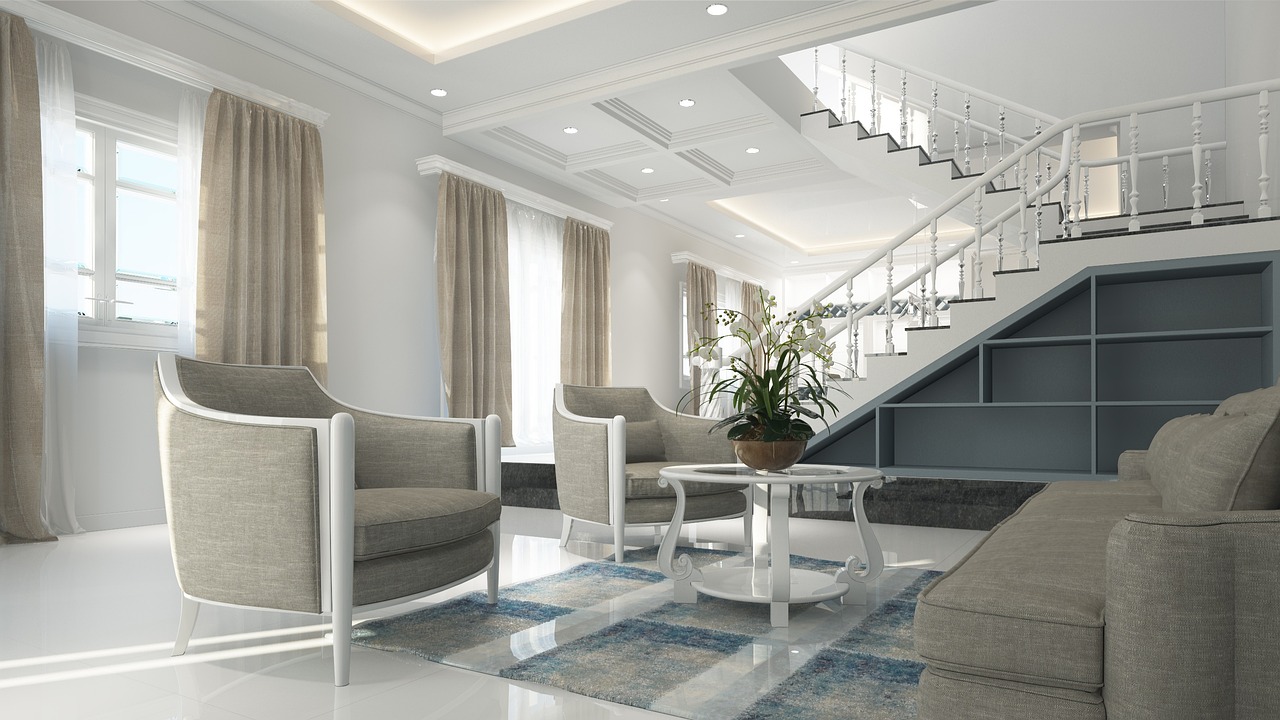Separate Living Zones for Privacy and Togetherness

A growing number of families are turning to multi-generational homes, and privacy is at the heart of good design. According to the Pew Research Center in 2023, about 18% of Americans now live in households with multiple generations under one roof. The smartest floor plans create distinct living zones, such as separate suites or “in-law” apartments, that let older adults or young families have independence. Smart layouts often include a private entrance, separate bathrooms, and sometimes even a secondary kitchen. This separation lets everyone enjoy their own routines and space while still being just a hallway away from shared gatherings. For example, new home builders like Lennar have seen a surge in demand for “Next Gen” suites that offer this blend of autonomy and connection. These designs make it easier for families to care for aging relatives without sacrificing anyone’s sense of home.
Accessible Design Features for All Ages

Accessibility is a non-negotiable feature in the latest multi-generational house plans, reflecting research from the National Association of Home Builders in 2024 that found 67% of buyers want homes adaptable for aging in place. Smart homes include wide hallways, zero-step entries, lever-style door handles, and bathrooms with walk-in showers and grab bars. These elements aren’t just for older adults—parents with strollers or anyone recovering from injury benefit, too. Open layouts without tight corners make life easier for everyone. Universal design principles, like those recommended by the CDC, help ensure homes can be safely and comfortably used by every generation. Builders are increasingly integrating these features as standard rather than optional upgrades.
Flexible Spaces that Adapt as Needs Change
Flexibility is crucial, and recent data from the American Institute of Architects in 2024 shows that demand for homes with multipurpose spaces is at a ten-year high. Smart plans include rooms that can shift from a home office to a playroom, or a guest suite to a caretaker’s bedroom. Sliding doors, movable walls, and convertible furniture let families reconfigure the house as life evolves—like welcoming a new baby or accommodating a grandparent. These flexible spaces are not just a trend; they’re a response to real family needs. For instance, a downstairs den can become a bedroom if mobility becomes an issue. This kind of future-proofing keeps families together for longer without major renovations.
Two Kitchens or Kitchenettes for Independence
Having two kitchens or a kitchenette is one of the most requested features in multi-generational homes, as reported by the National Kitchen & Bath Association in 2025. A smaller, secondary kitchen space lets different generations prepare meals on their own schedule, respecting cultural differences or dietary preferences. This arrangement is especially popular among families where grandparents might want to cook traditional dishes without interrupting the main kitchen’s routine. It also adds convenience for late-night snacks or early breakfasts. The extra kitchen doesn’t need to be large—a microwave, sink, and fridge can go a long way. Builders have noted that homes with two kitchens often sell faster and at a premium.
Shared Outdoor Spaces for Connection
Outdoor living is a major draw for families living together, and a 2024 Houzz survey found that 61% of homeowners prioritized patios, porches, or gardens in their renovation plans. Smart house plans for multi-generational living often feature large decks, accessible walkways, and covered seating areas where everyone can gather. Raised garden beds allow older adults to enjoy gardening without bending over. Play spaces for children and relaxation zones for adults can be designed side by side, encouraging spontaneous interaction. Fencing and landscaping offer privacy while keeping outdoor areas safe for everyone, from toddlers to seniors.
Soundproofing for Peace and Quiet
Sound control is critical in a full house, and builders have responded with thicker walls, acoustic doors, and specialized insulation between living zones. The International Building Code’s 2024 update recommends sound transmission class (STC) ratings of 50 or higher in multi-unit homes, and savvy homeowners are applying the same standards to their own builds. Carpeting, area rugs, and soft furnishings further dampen noise. This investment in soundproofing allows teenagers to enjoy music or video games without disturbing sleeping grandparents. Everyone gets a little more peace, even when schedules and sleep patterns clash.
Smart Home Technology for Safety and Convenience
Tech upgrades are making multi-generational living easier and safer, with the Consumer Technology Association reporting in 2025 that 78% of new builds now include some form of smart home integration. Features like video doorbells, voice-activated lights, and remote-controlled thermostats help older adults maintain independence while giving peace of mind to family caregivers. Apps can monitor air quality, water leaks, and even medication reminders. Intercom systems let family members easily communicate across the house. These innovations are quickly becoming standard, as they make life smoother and safer for everyone.
Multiple Laundry Areas for Efficiency
Separate laundry spaces prevent bottlenecks and make life easier for big families, especially with kids or elderly relatives. In 2023, the National Multifamily Housing Council reported a 39% increase in requests for dual laundry rooms or stacked washer-dryer closets in new homes. A second laundry area, often located in a suite or basement, allows grandparents or busy parents to do their own laundry without waiting in line. This feature is particularly helpful for managing accidents, allergies, or different schedules. It also keeps laundry piles from overwhelming shared living areas.
Safe and Accessible Entryways
The entryway sets the tone for the whole house, and recent guidelines from the Americans with Disabilities Act (ADA) highlight the need for step-free entrances, slip-resistant flooring, and bright lighting. In 2024, a Home Innovation Research Labs survey found that 58% of multi-generational homebuyers required at least one entry without steps. Wider doorways accommodate wheelchairs, walkers, or strollers with ease. A bench for changing shoes, hooks at multiple heights, and a place for packages make the entry practical for all ages. These small touches help everyone feel welcome and safe the moment they arrive.
Energy-Efficient Features for Cost Savings
Rising utility costs are a concern for multi-generational families, and the U.S. Department of Energy in 2025 reported that high-efficiency appliances, better insulation, and solar panels can cut energy bills by up to 30%. Smart thermostats and zoned heating/cooling allow each area to be comfortable without wasting energy on unused spaces. Low-flow fixtures, double-pane windows, and LED lighting are now standard in many multi-gen builds. These upgrades not only save money but also support a sustainable lifestyle, which is important to families looking to protect both their finances and the planet.

A visionary in modern design, Nate Berkman is known for his ability to blend timeless elegance with personal storytelling. With years of experience in high-end interiors, his book Living with Style explores how to create meaningful spaces that reflect individuality.

